In 1918, the United States government bought 13,000 acres of sand prairie next to the Mississippi River as a site to test artillery. In short order, the Savanna Proving Grounds boomed to life with the firing of 75mm and 155mm howitzers. After WWI, warehouses were built to store ammunition, and Savanna Ordnance Depot was born. The manufacture of munitions began and barracks were built for employees. Because of WWII, employment jumped (from 143 in 1939 to 7,195 in 1942) and there was a construction boom that resulted in several new warehouses and a new power plant. The Depot also built 407 “igloos” to store ammo and other volatile weapons like mustard gas. Igloos had between 1000 and 2000 square feet of storage space under a steel-reinforced hump, secured with a very sturdy four ton steel door. After construction was completed, the igloos were covered with dirt and grass to hide them from aerial surveillance. In 1948, one of the igloos exploded, creating a hole 100 feet wide and 50 feet deep that is still visible today. Residents of nearby Hanover and Savanna reported blown out windows and cracked plaster. The steel door was never found.
In 1962 the rechristened Savanna Army Depot continued life as a storage facility for munitions but entered the world of recycling and destroying old munitions and testing new ones. The base escaped closure in the late 1970s through political sleight-of-hand, but it only delayed the inevitable. In 1995, with employment down to about 500 people, the base was included on the closure list, and shut its doors in March 2000. Most of the land, 9400 acres worth, were transferred to the Upper Mississippi River National Wildlife and Fish Refuge.
The Depot today is a creepy, intriguing place – large buildings rot, surrounded by tall fences topped by razor wire; railcars sit empty, stripped of their exterior sheathing; deer graze next to abandoned gas pumps. The base’s skeleton remains intact, but the heart and soul, the thousands of people who once worked here, are long gone, replaced by no trespassing signs and warnings about unexploded ordinance. Igloos no longer store mustard gas but computer data.
Much of the property remains off-limits, even though it is part of a public wildlife refuge. Unfortunately, for me, anyway, the authorities are very serious about enforcing the “no-go” rules, so I limit my exploration to areas that won’t require me to forfeit my new digital SLR as a penalty for trespassing. Here are a few pics from my visits.
See photos from the depot below.
Today’s Bad Decision: Running out of business cards. I spent a week talking to a lot of people about the book project. This could have been a good marketing opportunity, except for the fact that I did not have anywhere near enough business cards. I’ll do better next time. I just printed a batch of 500 cards for next week’s trip.
© Dean Klinkenberg, 2008
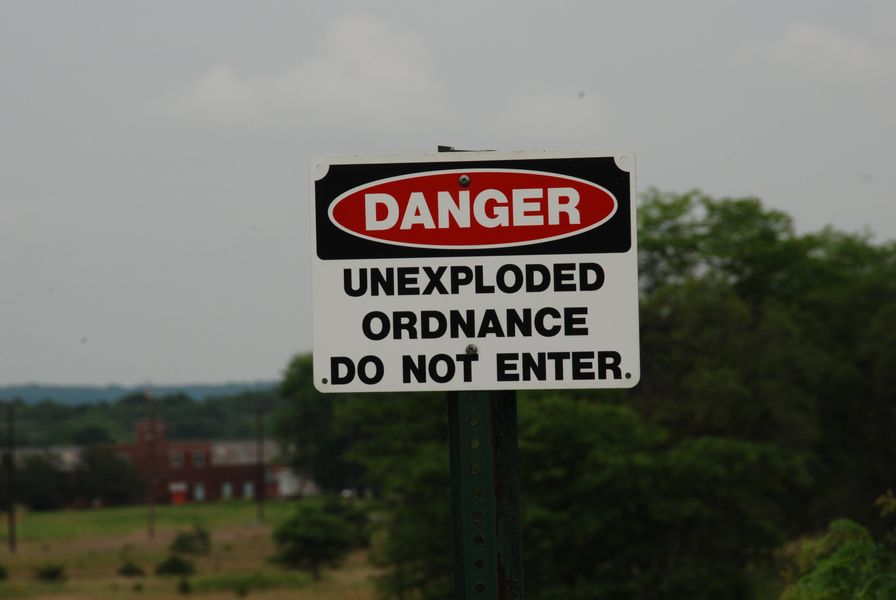
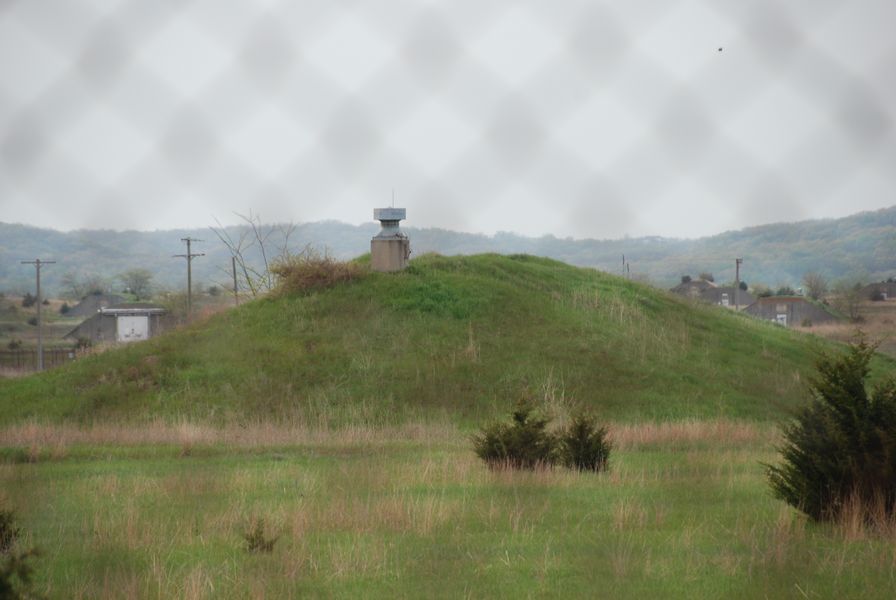
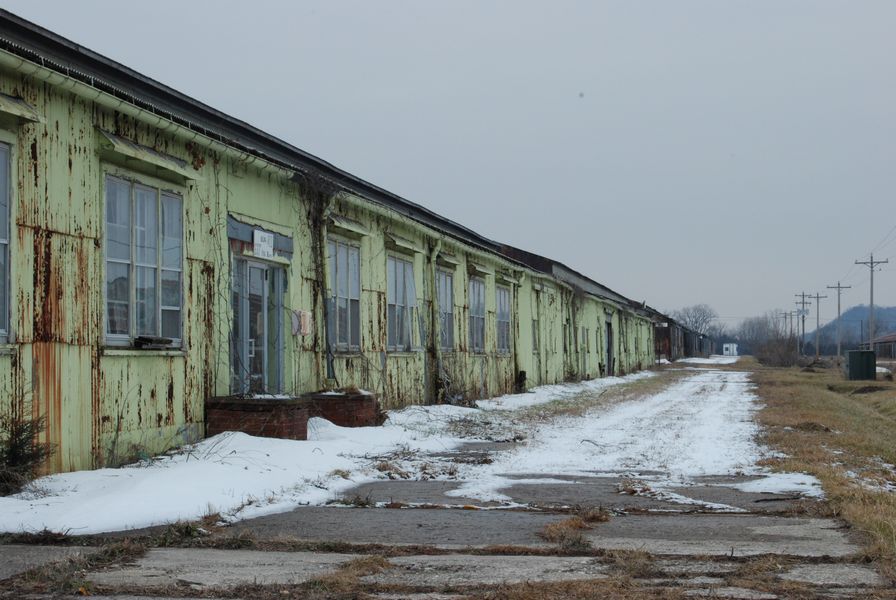
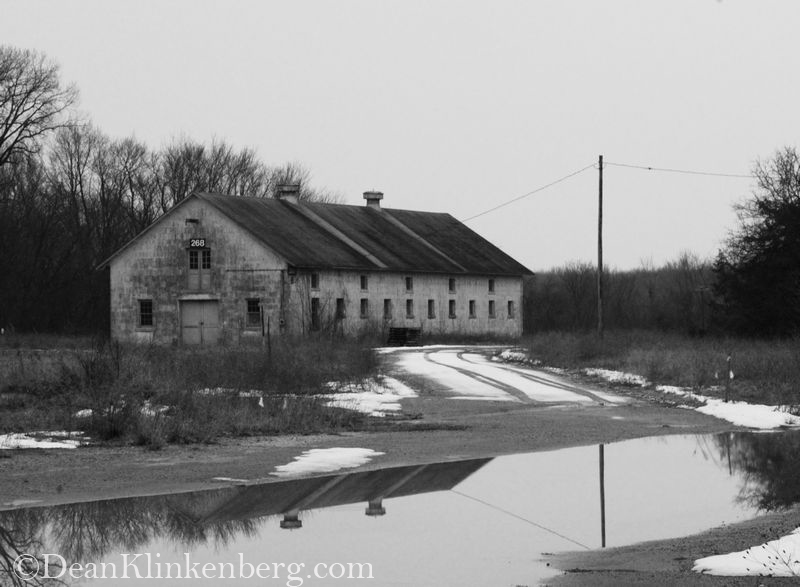
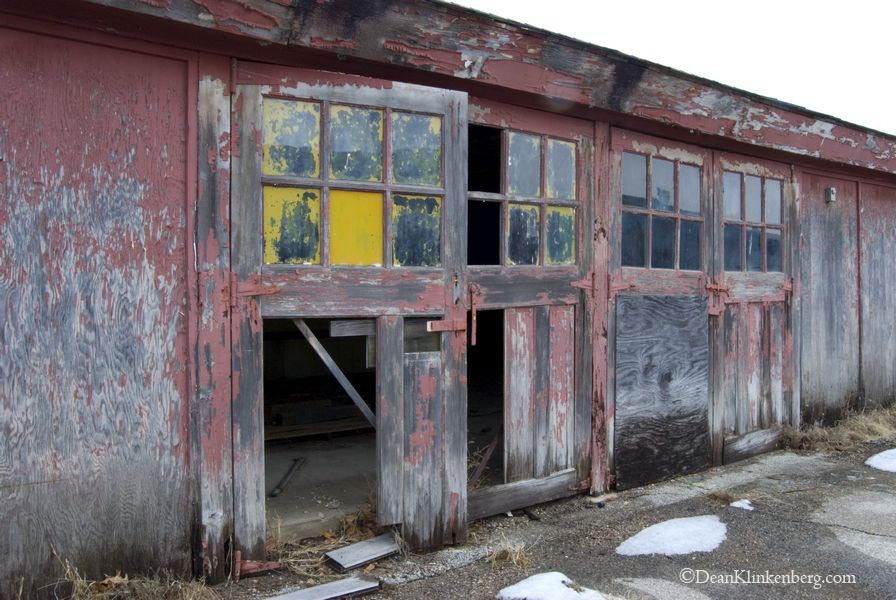
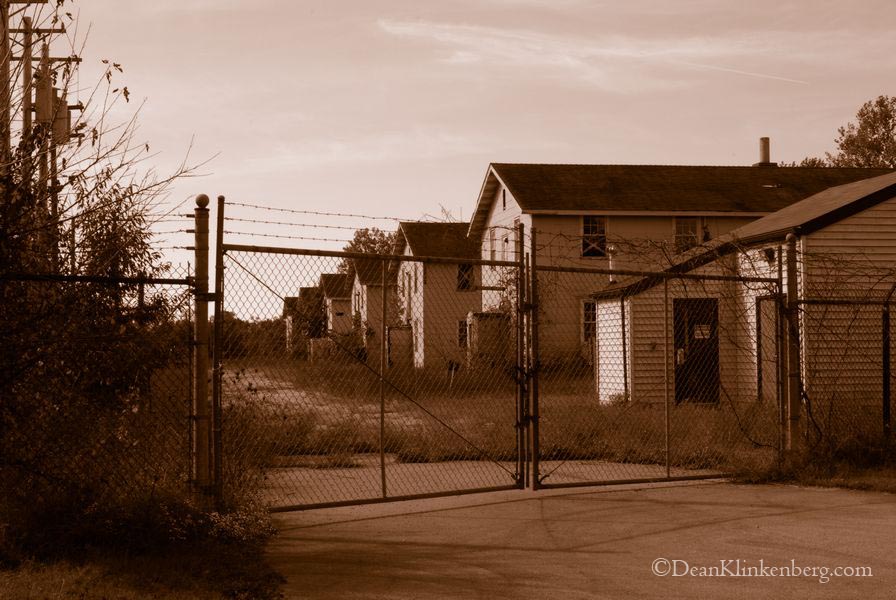
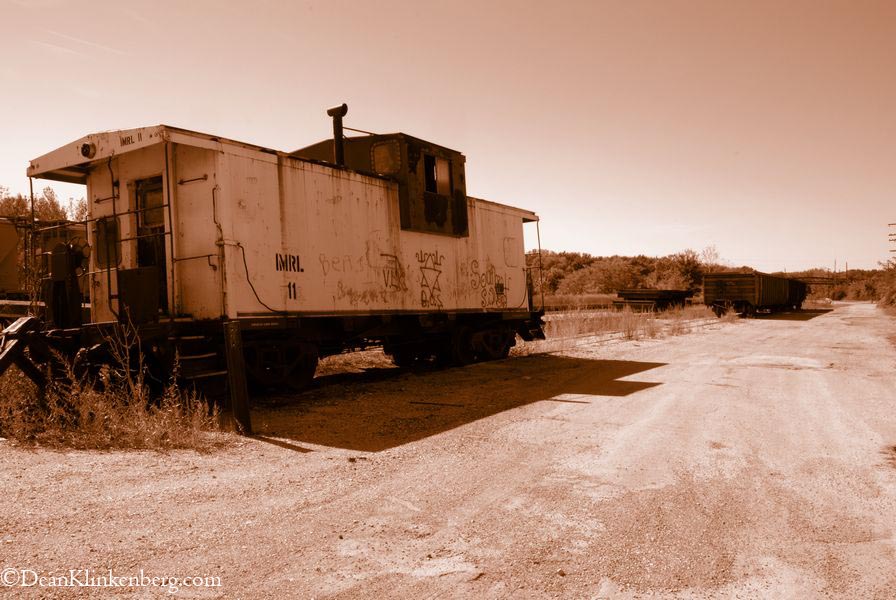

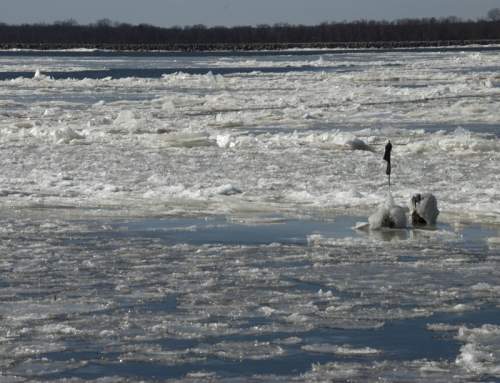
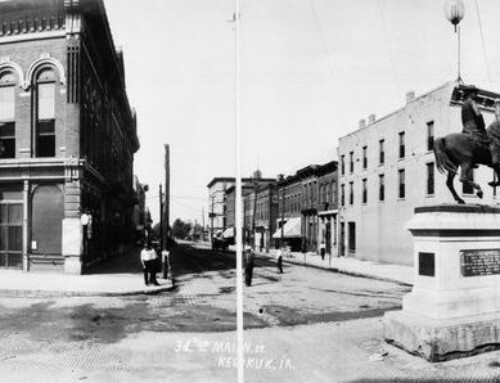
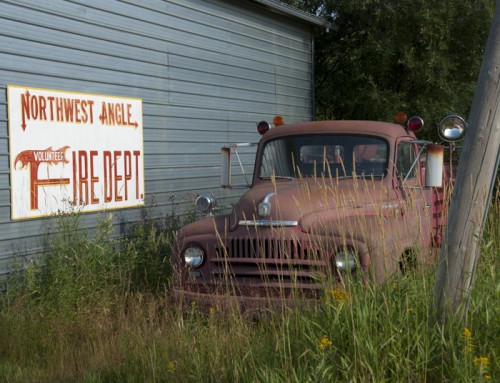

I worked there in the early 2000’nds unloading box cars
I was stationed with the 516th MP Company at SVAD Aug 1972 Aug-74. Anybody remember 1st SGT Dan Simmons? I got word he passed away Nov 13, 2021.
Contact me if you were there at that time
RIP Top.
Thanks for sharing the stories about your parents! How amazing that your mother got to perform with Lawrence Welk.
Our Dad, from Thompsonville, Michigan was stationed here. Our Mom was from Hanover and worked here in the PX. They met before Dad was sent on his travels and eventually to the Philipines during WWII. Their first date was to see Lawrence Welk up in Galena where Mom got to sing 2 songs with Lawrence Welk. They were married as soon as he returned and was discharged. Dad had some great stories of his time at the Depot. Unfortunately I don’t remember ever getting to see the grounds to make the stories clearer. So sad to see how the area has fallen into such bad times. I appreciate the short-n-sweet history to fill in some of the blanks about the Depot. Thank you!
Thanks so much for sharing your memories, Bill! That base left quite an impression on you and others that I’ve heard from. I appreciate the details in your note. It really helps bring the place back to life.
Dean. I was stationed at SAD from January , 1966 until July of 1967, when we moved out to Fort Riley, KS. I recognize the barracks area from your photos, and the garage looking thing was just that, a garage for working on cars. My friends , Eric and Ralph worked on their cars in that garage. Ralph had a brand new 1967 Z28 Camarillo and Eric had a 1965 maroon Impala. I had a light blue Pontiac Catalina convertible. The barracks were definately World War II. Brown and black tile floors that had to be waxed and buffed, butt cans nailed to the 6×6 posts. Small army cots and lockers lined up. The latrine had one big shower and toilets cheek to cheek. I did live that place. A park like parade field, an enlisted men’s club, a chapel, a movie theatre, a wood shop a PX, a library. Like a little town of our own. We even had a swimming pool. There were 17 bars in Savanna, we counted them. Most of the time, we went out to our shop in the ammo bunker area, where we had to surrender all matches, and lighters, before entering. Not much to do, except clean cosmoline, tar like substance on everything as a rust preventative. We spent a lot of time cleaning tools that we would never use. We used to drive a deuce and a half out by a dam on the Mississippi River and cross a floodplain to fish. We played baseball and used cowpies for bases, since cattle grooming those bunkers were common. Only got into a bunker a couple of times, and it was an amazing storage place. Dry, cool, dark.
We were on alert to activate twice. Once during the Tet offensive and once during the Chicago Democratic convention riots. Neither time, did we leave. We marched in local parades and kept the Savanna economy going. I remember visiting a Savanna Pontiac dealer looking at a 1968 Pontiac Firebird. I wanted i5 but couldn’t afford it.
We didn’t have much at the PX, just smokes, beer, staples and clothing.
I was abl3 to attend the US missile and weapons school, where I learned how to work on little John, Honest John, and Hawk missiles. Graduated the class and enjoyed the slice of real military technology. We used to have to do training in “war games” where we acted like John Wayne and shot blanks at each other.
I returned sometime in the 80s when the base was still operated by civilians, but military was long gone. It looked like Chernobyl abandoned and broken. The gate guard let me and my family in to see the old base.
Thanks for posting your pictures. A lot of memories.
My grandfather worked there in WW2, my uncle worked before enlisting in the Army. Wish I knew what they did.
I was there in 1968-Dec 1969. The day I left my buddies took white shoe polish and put FTA all over my 67 green mustang. Maybe someone will remember. Had some good times there great town people treated us like family. Hope I can connect with someone. You can find me on FB.
I was stationed in Savannah army depot in1963 823 order I left there in December of 1963 going to Germany. My name is Jerome Doughton sr from Detroit mi
Went there in 87 with my rotc class was fun repelling down the cliffs over the mississippi river and flying in the helicopter over the base with the doors open took my wife there today we went to the observation deck she said it would be cool to be able to see more of it but the public is only able to see a certain area
I am doing a veterans memorial table top for an Andrew Willwerth who was with the 516th MP Co —1972 to 1974. I am looking for a print or photo of a unit crest for the 516th MP Co. Does anyone out there have something like this??? If so email to [email protected]
Thank You
I was just thinking about Savanna and happened on this site.
My name is Chip Kuchta. I was stationed at the 823rd Ordnance Company in 1965 thru October 1967. I was assigned to the Shop Office as a Classified Document Clerk. I worked for CW4 Daryl Strassbaugh.
I have many memories of Savanna. I remember Jim Kerner and Corky Ellerbee among others like Tom Lamb, SFC Colbert, Lt. Olechnovich, Lt. Harry Schlagel (who talked me out of reupping). Don Humes, Jim Scorupa
Savanna was a unique place. I was lucky enough to leave just before the 823rd moved to Ft. Riley. I wouldn’t trade my days there for anything. I stopped back once a few years ago, hoping that Bees Diner was still there for a cup of coffee, but it was gone as was Savanna.
ROGER SCHNEIDER was stationed at SAVAD 69 – 71 with 2nd platoon Military Police in J area
Roger Schneider Aug 8 2020 was at savanna army depot 69 to 71 with 2nd platoon knew Phil Bowling Chuck Hensen Fritter Bill Crandall
Thanks for sharing your experience, Dick!
I was in the 516th. MP company from Oct 68 to May 70. I am from MN and Bob Blaeser also from MN came in 69.
We would ride back and forth on 3 day passes. I would meet Bob for lunch once a year or so after we got out.
He passed 8 years or so ago.
I was stationed there 1966 til 1967. I loved Savanna with its many bars. I’ve been back a couple times.
Stationed there 69-71
Fritter Vandeventer (Dutch) as MP
Scummer and Bill hope all good with you two!
Fritter
[email protected]
I was a civilian working for the 7th Signal Command, Army Communications Command, at Fort Ritchie, Maryland when I visited the depot in the dead of winter probably about 1988 or so. The Communications Director at the depot was Mr. Jack Krantz, if I recall correctly. During my visit, Mr. Krantz gave our team a tour of parts of the depot. It saddens me to know that like Fort Ritchie, the Savanna Army Depot was closed by BRAC action.
PFC Alan Keith 5/16 MP company 69 /71 I was in the barracks next to the CQ office upstairs. I remember first sergeant Caskey who is more like a boss Hogg and the dukes of Hazzard. I’m looking for Michael Alan Grabner from Indiana Chris Hagan and Ralph Sykes I can be reached at [email protected]
I was 10-11 when my dad, Col. John J. Tarpley, was the Commander of Savanna Army Depot in 1985-1986. Of all the (25+?) places I’ve lived, that Commander’s residence is THE house I would most like to visit. 🙁 It was a gorgeous, large brick house with a beautiful yard – three large terraces down to backwaters of the Mississippi (which my dad and I walked across when it was frozen, terrifying my mom, and had hot chocolate on the ice with his Sterno stove). He used to let me steer our big ol’ Chrysler Fifth Avenue home from his office (it was a totally straight road).
I know it’s a long shot but if anyone has more recent pictures of that residence, I would *LOVE* to see them!
Thanks for sharing your story, Jim!
I was assigned to the 515th MP from May 73-Oct 73. I had no idea what I would be doing when I got there. While I waited for my clearance upgrade I pulled head count in the mess hall one day per week. I got so bored, I trained a guy’s horse across from the main gate and corrected problems with his neighbors horse. Then I went to work on the Hanover ranch until my clearance was back. Then I wound up driving the bus to and from the work area and our trip to Camp McCoy for weapons qualification. 1SG saw my secondary MOS was transportation. I took my honorable discharge so as not to have that identifier tacked on to the back of my MOS. I preferred my 95B40 and didn’t want the R3. Once you get that designation you never get out. I reenlisted 3 months later and went to the 101st MP Co 101st Airborne Div at Ft Campbell from there I went to Germany in the 62nd MP Attachment for three years and finished my time in the Army.
Its so great to read all of your comments. I am interested in the history of the area where the stable building and 6 barrack buildings. We currently have a project we are working on and welcome you to stop by and say …HI!
Thanks for sharing your memories! I know someone who lived in Bellevue and worked at the Depot. Her daily commute involved walking across the lock and dam, then taking a bus on the Illinois side to the Depot. I’m not sure the Corps would be OK with that today.
I grew up in Bellevue and remember some in the community crossed over to Savannah for work at the ordinance depot. (I hadn’t thought of that in years until a friend of mine recently mentioned he was going to Savannah for a visit.) As I recall the crossing to Savannah was over the lock and dam which really seems unusual but perhaps not. I remember always being a little apprehensive about ordinance “going off”. From reading this article it seems Bellevue residents may have been nervous for good reason!
My family used to go to Chicago by train from Savannah–my dad for business and all of us (my mom and brother) to visit relatives there. Sure thought the train ride was fun!
I was in the 516th as an mp fro March 1968 til Sept 1969 the guys Used to call me at I will try to check the place out this summer
Hello Vern, looks like we were stationed together, but I must admit that I don’t remember you. Of course that was 45 years ago. Do you remember the old First Sarge Caskey from Columbus, OH. I believe our Captain’s name was Kenneth Friemuth, but the spelling of his last name may be incorrect. I hung out with Chuck Henson and his buddy Dutch from California as well as the head cook, Tony Zermani, a lifer from Boston. Do you remember the names of any of your running mates? As I remember, there were less than a 100 of us total, at any one time. Nothing like the old J area. I’m amazed at how big the place actually was. I’m from Cincinnati and have never been cold again after leaving there, wind chill of 50 or 60 below for weeks at a time. Best regards, Phil Bowling.
I was stationed there with the 516th MP Co from 1968 to 1971
If memory serves me, we lived at the Depot briefly before moving across the road to a place called Craig Manor (?), then into Savana. My mom and dad had moved to the area after WWII from Minnesota, thence to Clinton, Iowa down river. I was born in 1948, and my parents spoke of the explosion that rocked the area. My mom was convinced that this is why I came early!
I was an Army MP stationed there from 1969 to 1971 with the 516th MP Company. Thinking about checking out the remains one time while I’m still able. Would love to hear from any of my comrades still kicking. Phil Bowling
P. C. (Corkey) Ellerbee I was assigned to the 823rd Ordance Co, Savanna Army Depot, ILL right after Basic Traning in Oct 1965. I will never forget driving up from Georgia in my hot rod 56 Chevy and reporting in. Sgt Mjr Colbert was the first Sergant, but was away at some school, The acting 1st Sgt (from Alabama)had reviewed my 201 file and decided to change my MOS from a fork lift operator to clerk typiest. Several months later our pay specialist was being discharged leaving us without a pay clerk. I told Sgt Mjr Colbert, who was now back from the school he was attending that I could do the job so I became the new pay specialist. Several months later orders came down that all Military Records were to be housed in the post headquarters building so my office and all files were relocated .I severed as Pay Clerk until I was discharged in July 1967 I have Great Memories of being stationed at Savanna As a matter of fact I prepared pay vouchers for James Kerner who has posted a previous comment . Brad Furlow who was a Savanna Army Depot servicing as a Medical Records Clerk spent a few days last Weekwith me and we talk over the old times we spent together at Camp SAD.
I was a soldier at Savanna Army Depot from May, 1966 to December, 1967. I was in the 823rd Ordnance Company under the leadership of a Captain Eiginbrode. At some point he was replaced by a Captain Davis. A man by the name of Colbert was our First Sargent, later he became a Sargent Major. We weren’t a very big company, and I can’t say that I even understood what our mission was. There was a war going on in Viet Nam and we were here at Camp SAD on the Mighty Mississippi.
[…] The Savanna Army Depot—about seven miles north of Savanna, Ill. on the Mississippi River—is one of my favorite spots to go shoot. It’s covers roughly 20 square miles along the river’s shore and has been closed since 2000, and is now a mix of private businesses and residences alongside dilapidated structures and fenced-off areas. In fact, an old office building I had shot just a few years ago had been razed since my previous visit last fall. There is definitely a time machine-vibe there, right down to the smells. […]
Thanks, Kevin! That place is full of stories. Let me know if you come across some good ones!
I drive a ready mix truck for a local company, and have been hauling concrete to the depot recently. I was curious about the history of the depot. I am 54 and vaguely remember stories of what went on there. Thank you for briefly explaining and answering some of my questions. It is remarkable to me, the importance of the depot during its heyday. Thanks again
[…] more about the Savanna Army Depot here. Downtown Savanna on a summer […]
I was an MP in the US Army 516th Military Police Company from 1969-1971. A very dreary experience, but way better than Vietnam. If you want to learn anything for your book about we did everyday, based on what little I know, contact me. Bill Crandall